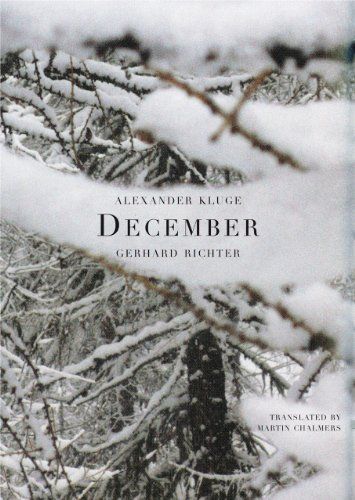
December 39 Stories, 39 Pictures
In the historic tradition of calendar stories and calendar illustrations, this work presents a collection of thirty-nine stories and thirty-nine snow-swept photographs for the darkest month of the year. It includes stories drawn from modern history and the contemporary moment, from mythology, and even from meteorology.
Reviews
Donald@riversofeurope
Trevor Berrett@mookse
Nimish@nimsaw